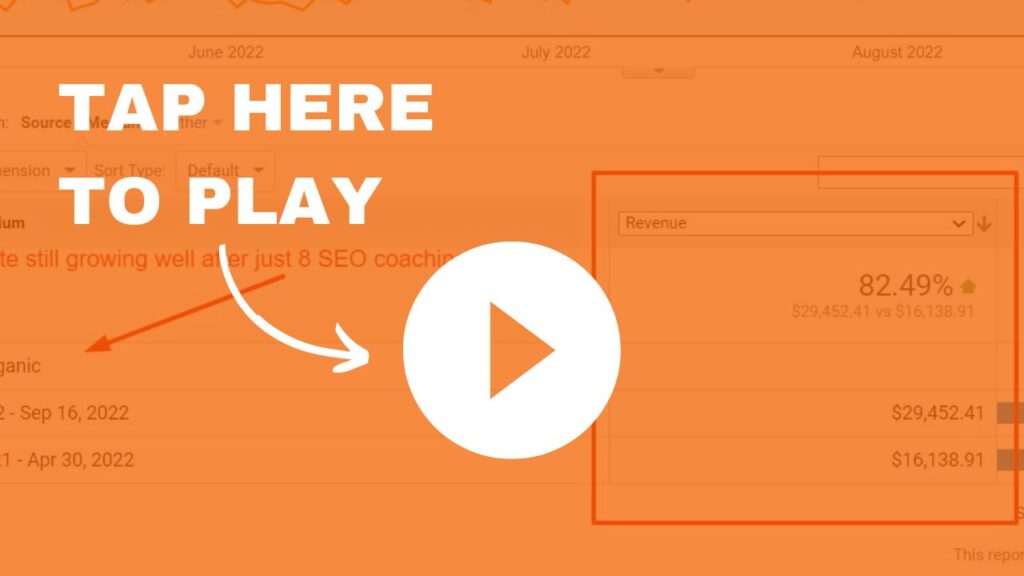[Case Study] Recovering Hacked Health Website From SEO Algo Penalty
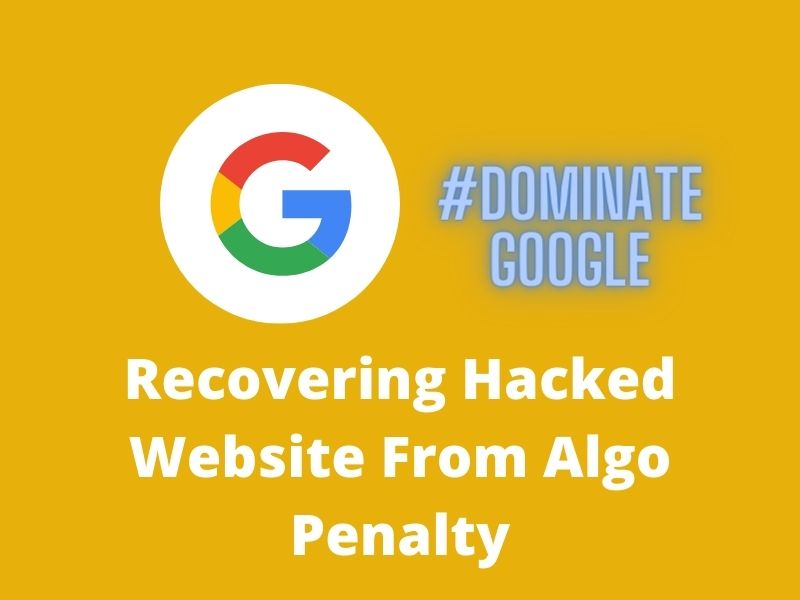
This is an SEO case study of how I fully recovered a hacked health website in the YMYL category, brought back all of its traffic, and even surpassed the original stats.
Just like any other of my case studies, I’m not going to reveal the website and keywords due to security and privacy reasons. But in this article, you will find some of my overview process of how I went about achieving the results along with various screenshots proof.
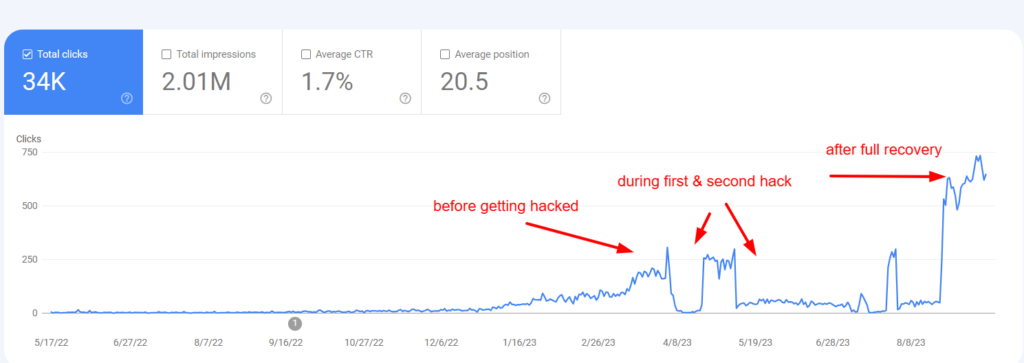
Project Background
The client runs a migraine treatment website (in the health niche) and was on the path of SEO growth, working with their previous SEO agency until the site got hacked by Japanese malware and crashed the entire website’s traffic overnight.
The site got hacked twice. In the first one, the issue was quickly resolved and the site got back on track. Then the second hack came around and thrashed the site completely – reducing the traffic from 200 visits per day to just 40-50 per day. The client then decided to ditch the previous agency (who also managed their website) and approached me for guidance via the SEO training program.
Challenges
Dealing with a hacked website and bringing it back to life after the algorithm penalty is a challenging task. Once your site gets hacked and the overall quality of the website is reduced, it’s very difficult to change Google’s mind to rank the site again.
In most cases, I would suggest the client ditch the domain completely and start a new one. However, I saw some potential in the domain such as a good link profile and high-quality content. So I decided to take on the project and started training the client on what to do.
The Campaign
Here are the overviews of how I approached the campaign:
Site Cleanup and Host Migration
The first step towards recovering from the algorithm penalty is to clean up all the malware and change the hosting (in case the previous host doesn’t do a very good job at mitigating the risk).
The client hired me for a full site cleanup – by re-installing WordPress and resetting the theme and plugins. After the cleanup was completed, we migrated to a new host and set up a new site (none of the content was deleted as only the theme, WordPress installation, and plugins were refreshed and re-installed)
Website Redesign To Trigger Re-evaluation
After that, I suggested the client do the full site redesign, using a different theme and some of the plugins, and she hired me for this as well.
The goal of redesigning the site is to trigger an algorithm re-evaluation from Google. Have you ever noticed that your rankings drop after changing your theme or site design? That’s because big changes like this trigger quality score re-evaluation and can either increase or decrease your rankings.
After the redesign was completed, we waited for about 2 weeks and the impressions in Search Console started to increase, which was a good sign that Google took this as a positive start.
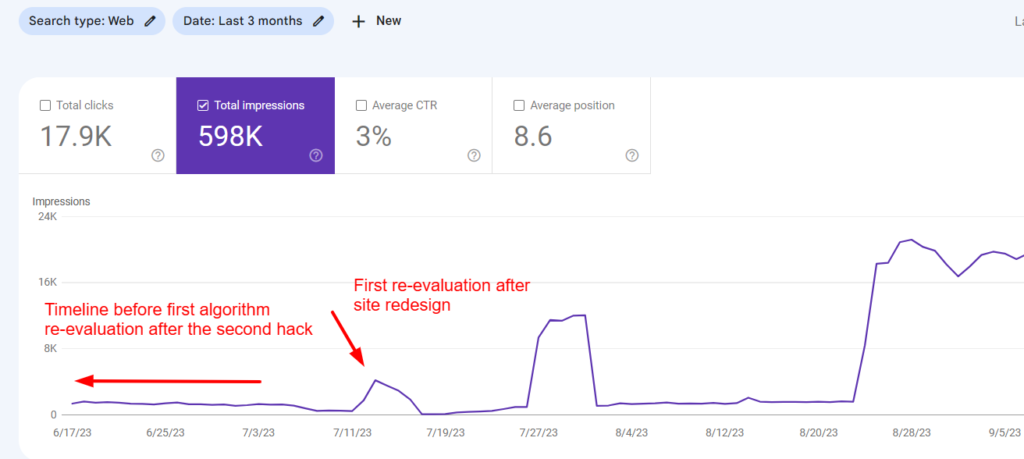
Technical SEO Optimization
After seeing a positive start, the next step I trained the client on was to fix various keyword cannibalization issues the site had. This includes identifying pages that compete with each other for the same or similar keywords using Google Search Console, merging pages that belong to the same intent, and deleting low-quality articles that don’t serve much purpose on the site.
After the technical optimization, we noticed the second round of algorithm re-evaluation (which coincided with the time of the unconfirmed Google update), and this time, the site performed much better, getting more clicks per day.
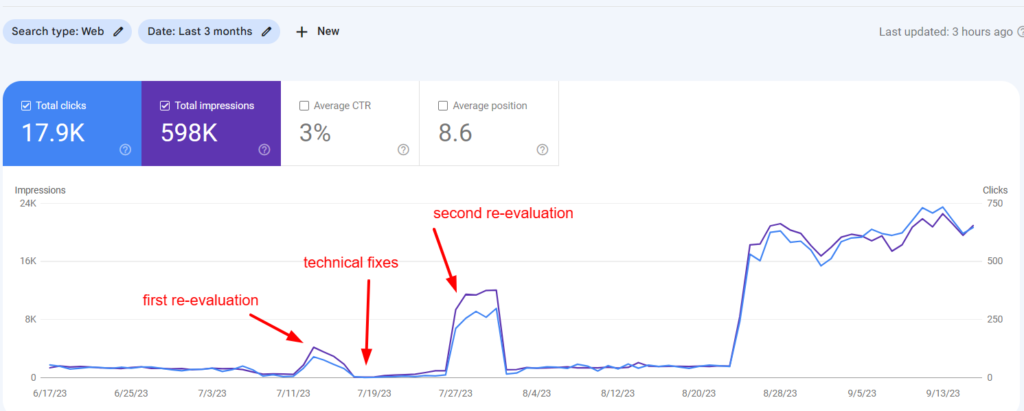
On-Page Optimization
We then proceed with on-page optimization of existing articles using my own scientific techniques:
- Heading (h1,h2 & h3) optimization using NLP and density method
- Page structure optimization and addition of sub-topics:
By structuring the page in such a way that there are logical connections from one section to another. For example, I started the page with an introduction to the disease and treatment, followed by the services provided, then reasons to hire the company, etc. All these subtopics are important for service pages as they answer the questions related to the intent using the NLP technique. - Sentence-level optimization using semantically relevant keywords:
By making sure that each sentence is properly optimized using semantically relevant keywords based on reverse engineering the competitors and using a proprietary tool that I created. You can use on-page tools like Surfer-SEO to help with the process. - Internal links:
Make sure every other page on the website is internally linked up to the main page to form a semantic connection for the overall topic on the website. For the anchor text, I mainly used the exact match keyword and the partial-matched keyword. - URL optimization
- Keyword count and variation optimization:
Making sure that I have used the right frequency of each keyword on the page. For example, for the word “migraine”, I made sure to check the competitors’ average and see how many times I should use this word. You can again, use tools like Surfer SEO, but there’s really no hard rule for this. I’d like to keep it a little lower than the average to avoid over-optimization.
Off-Page Optimization
We didn’t perform any off-page optimization in this case as the site already had some high-quality links and moderate branding power. All we needed to do was just wait.
Results
After waiting for about 20 days, the August core update was released and triggered the full site re-evaluation for the third and final time, and finally, the site was fully recovered from the algorithmic penalty:
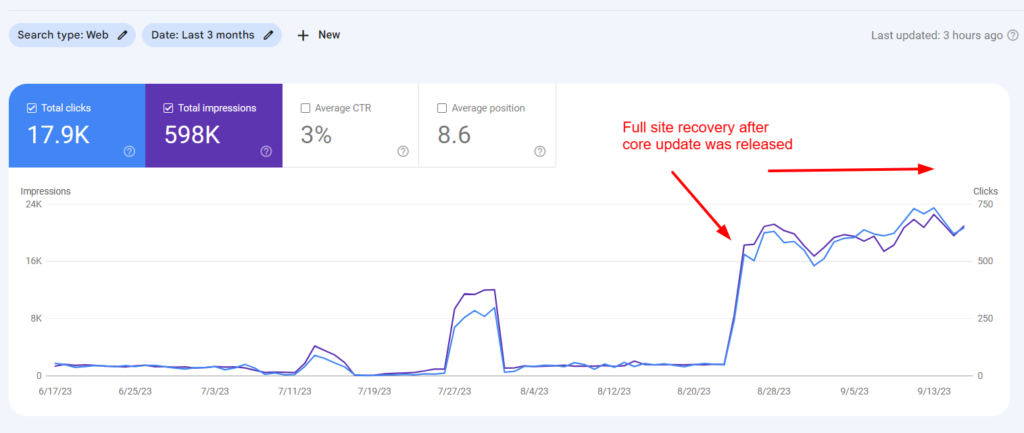
The site is currently getting around 550-700 clicks per day, which is almost 4 times more than before the site was first hacked, as you can see from the screenshots below:

What’s Next?
The client has decided to pause the SEO coaching program and work on something else. If she decides to come back later, then we will probably be working on the off-page aspects to further increase the rankings of the main keywords.
If you’re looking to rank your site #1 on Google using scientific-based methods or simply just want me to train you how to do SEO, don’t hesitate to reach out at [email protected]

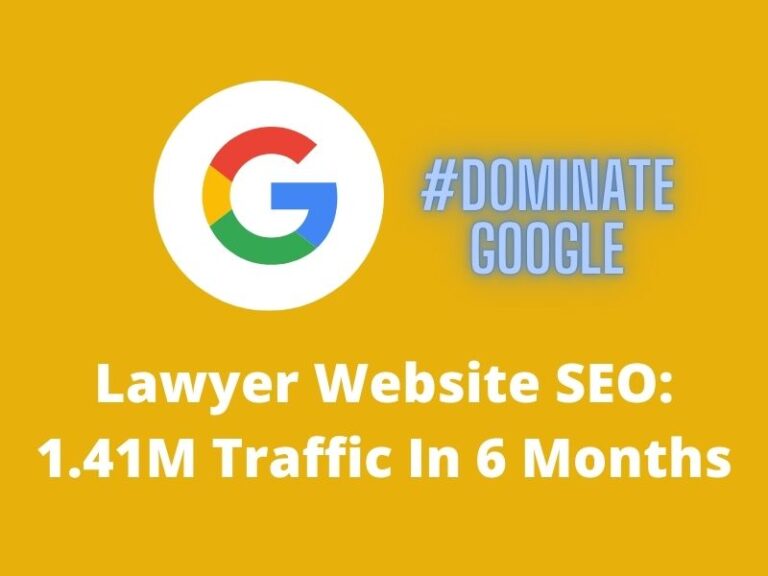
![[Case Study] How I Helped This Local Construction Client Crushed His Competitors On Google](https://techjackie.com/wp-content/uploads/2022/12/local-construciton-seo-case-study-768x576.jpg)
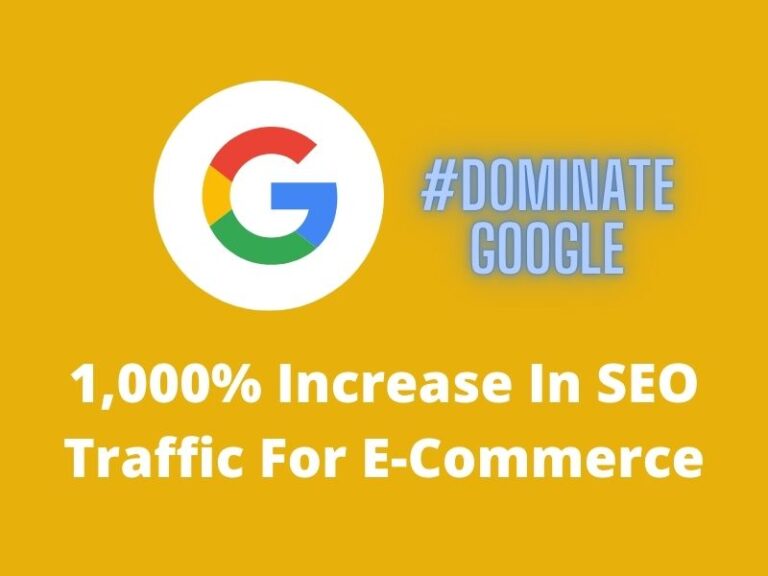
![[Case Study] How I Helped This National Music Lessons Client Double His Traffic & Rankings](https://techjackie.com/wp-content/uploads/2022/03/Music-Lessons-Client-SEO-Coaching-Case-Study.jpg)
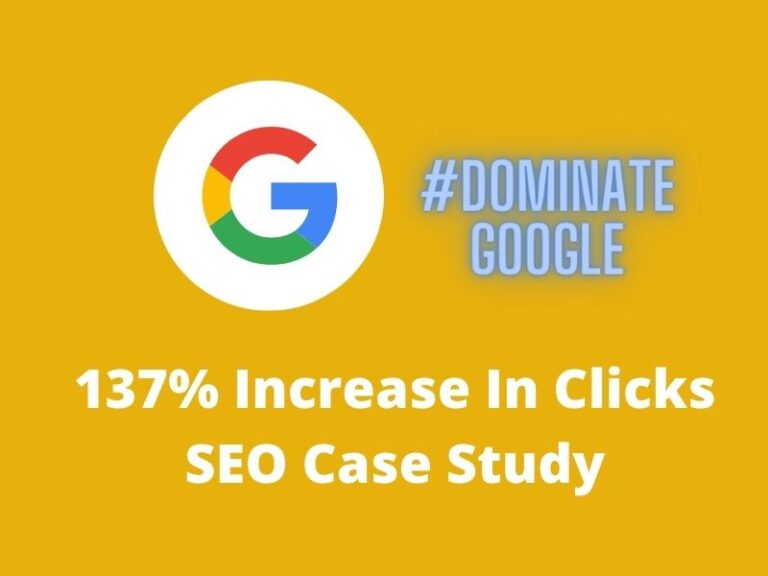
![[Case Study] How I Rank A Local Dental Clinic #1 On Google](https://techjackie.com/wp-content/uploads/2023/06/local-dental-clinic-SEO-case-study-768x576.jpg)
